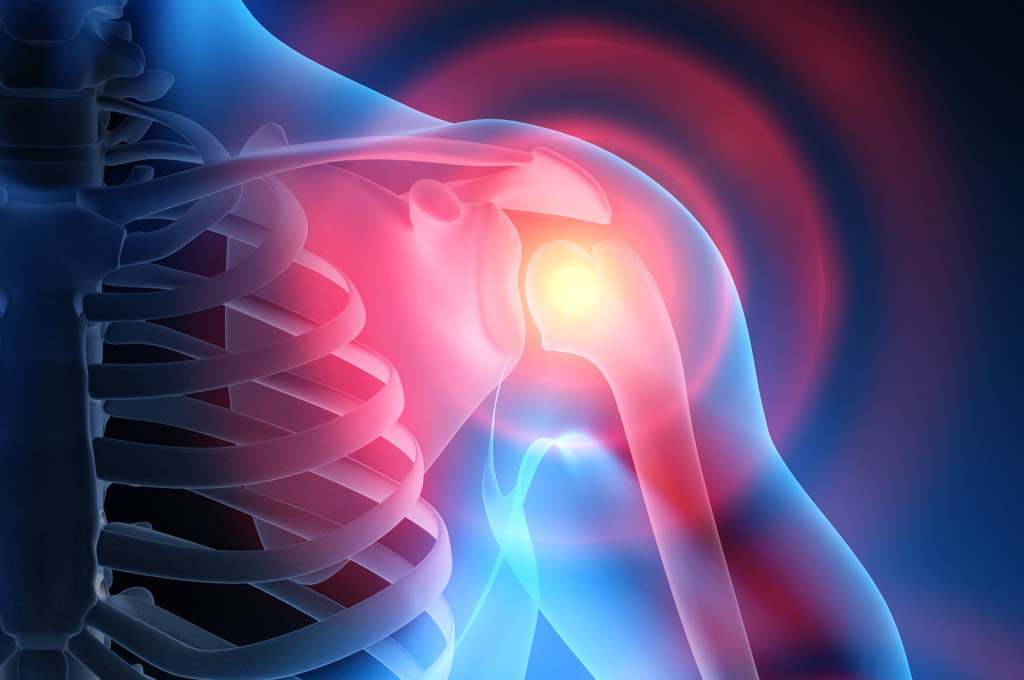The shoulder is a complex joint that allows for a wide range of motion. This flexibility can be both a blessing and a curse, as it makes the shoulder susceptible to multidirectional instability. This condition can cause pain and dysfunction in the shoulder and can be difficult to treat. In this blog post, we will discuss the causes, symptoms, and treatment of multidirectional instability of the shoulder.
Contents
What Is Multidirectional Instability Shoulder?
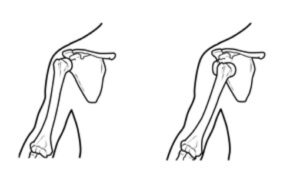
The shoulder joint is a “ball-and-socket” type of joint that allows for a wide range of motion in the arm. The socket, or glenoid, is shallow, which makes the shoulder more susceptible to dislocation than other joints in the body. Multidirectional instability (MDI) is a condition that prevents the shoulder from staying in its socket, resulting in pain and instability.
MDI is caused by a combination of factors, including:
- Loose ligaments: The ligaments that hold the shoulder joint together can be stretched or torn, making the joint less stable.
- Weakened muscles: The muscles around the shoulder joint can become weak from overuse or injury, which can lead to instability.
- Joint laxity: Some people are born with loose joints, which makes them more likely to develop MDI.
How To Identify Multidirectional Instability (MDI) Shoulder?
MIS is a condition that refers to the instability of the shoulder joint. The shoulder joint is a ball-and-socket type of joint that allows a wide range of motion. However, this also makes the shoulder joint more susceptible to injury. You will identify this condition with these signs:
1. A feeling of the shoulder joint “giving way” or dislocating
2. Pain in the shoulder joint, especially with certain movements
3. Popping or clicking sensations in the shoulder joint
4. weakness in the arm and/or difficulty moving the arm due to pain
You should not ignore these signs as they may indicate a serious underlying condition. It is best to seek professional help to determine the cause of your shoulder instability and get the appropriate treatment.
How Is It Diagnosed?

The process of diagnosis is similar for many shoulder conditions. Let us discuss the steps in detail:
Medical history
The doctor asks about the symptoms, type of pain, duration of pain, and other factors. He/she also enquire about previous injuries to the shoulder or any other medical condition.
Physical examination
The doctor checks for tenderness, swelling, deformity, and shoulder range of motion. He/she also observes the alignment of the shoulder and evaluates the stability.
Imaging tests
The doctor may order X-rays, MRI scan, or CT scan to rule out other conditions and to get a clear view of the structures inside the shoulder joint.
Lab tests
The doctor may recommend blood tests to check for inflammatory markers or any other condition.
Specialized tests
The doctor may suggest specialized tests such as the challenge test, apprehension test, sulcus sign test, and relocation test to check for multidirectional instability.
How To Fix MDI?
After the diagnosis has been done, the doctor will recommend a treatment plan. The different ways one can treat MDI are:
Non-surgical treatments
The doctor may recommend physical therapy, exercises, and medications to relieve pain and inflammation. He/she may also suggest wearing a sling or splint to immobilize the shoulder and allow it to heal.
Rest
Resting the shoulder for a few days or weeks can help in relieving pain.
Ice
Applying ice packs to the affected shoulder several times a day can help in reducing inflammation and pain.
Medications
The doctor may prescribe over-the-counter or prescription medications to reduce pain and inflammation.
Therapeutic ultrasound
This is a therapy that uses sound waves to reduce pain and inflammation. It can also help to improve the range of motion.
Electrical stimulation
This therapy uses electrical current to reduce pain and inflammation. It can also help to increase muscle strength.
Injections
The doctor may recommend steroid injections or other injections to reduce pain and inflammation.
Surgical treatment
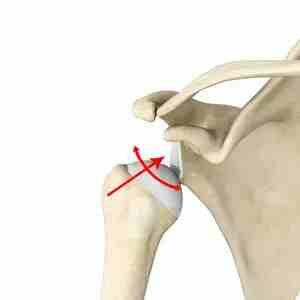
The doctor may recommend surgery for multidirectional instability if the non-surgical measures do not provide relief. Surgery is usually done to tighten the ligaments around the shoulder joint. The type of surgery depends on the severity of the condition.
Arthroscopic surgery
In this minimally invasive procedure, the surgeon inserts a small camera into the shoulder joint through small incisions. The images from the camera are used to guide the surgeon as he or she repairs the damaged ligaments.
Open surgery
In this procedure, the surgeon makes an incision over the shoulder joint to repair the damaged ligaments.
Recovery
The recovery time after surgery varies depending on the type of surgery done. For arthroscopic surgery, the recovery time is usually shorter as compared to open surgery. Physical therapy is an important part of the recovery process after any type of shoulder surgery. The therapist will help in gradually restoring the range of motion and strength of the shoulder muscles.
Can Physical Therapy Fix MDI Of Shoulders?
Multidirectional instability (MDI) of the shoulder is a condition that can be painful and debilitating. The shoulder is a ball-and-socket joint that allows for free movement. But this very feature makes the shoulder more susceptible to dislocation. MDI happens when the ligaments and muscles around the shoulder joint are weakened or stretched, making the joint less stable. In such a scenario, physical therapy can be very helpful in managing the condition and restoring range of motion and strength.
Physical therapy for MDI usually involves a combination of exercises and manual therapies. The therapist will first assess the extent of instability and then design a treatment plan accordingly. The goal of physical therapy is to improve the range of motion, reduce pain, and increase muscle strength.
Some of the exercises commonly recommended by physical therapists are:
Pendulum exercises
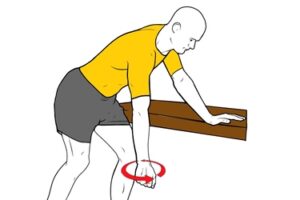
These help to stretch the shoulder muscles and ligaments and increase the range of motion. In this exercise, you will have to stand with your good arm supported on a table or countertop. Let your affected arm hang down and swing it in small circles.
Shoulder shrugs
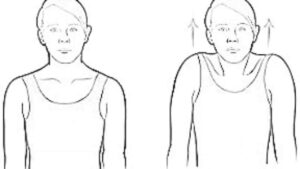
This exercise helps to strengthen the muscles around the shoulder joint. Stand with your feet shoulder-width apart and raise your shoulders as high as possible. Hold for a count of five and then relax.
External rotation
This exercise helps to stretch the muscles and ligaments around the shoulder joint. To do this, stand with your affected arm behind your back, with the elbow bent and palm facing up. Slowly rotate your arm outward and hold it for a few seconds before returning it to its original position.
Internal rotation
This exercise is done by lying on your unaffected side. Place the elbow of your affected arm behind you, with the palm facing up. Use your good arm to apply gentle pressure on the affected arm, pushing it toward the floor. Hold for a count of five and then release.
Isometric exercises
To do this exercise, stand in a doorway or against a wall with your feet shoulder-width apart. Place the affected arm in front of you and push against the door frame or wall, holding for a count of five. Relax and repeat.
In addition to these exercises, your therapist may also use manual therapies such as massage and joint mobilization to reduce pain and improve the range of motion. Physical therapy can be very helpful in managing MDI and restoring the normal function of the shoulder joint. However, it is important to consult with a physical therapist or other healthcare professional before starting any new exercise program.
How To Prevent It From Happening?
The best way to prevent multidirectional instability of the shoulder is to maintain a good range of motion in the shoulder and keep the muscles around the joint strong. Avoiding activities that stress the shoulder joint, such as contact sports, is also recommended. If you have had a previous shoulder injury, it is important to rehabilitate the joint properly to prevent further damage.
Conclusion
In conclusion, multidirectional instability shoulder is a condition that can be caused by a number of things. The most common symptom is pain and instability of the shoulder. There are many treatment options available depending on the severity of the condition. With proper diagnosis and treatment, multidirectional instability shoulder does not have to be a debilitating condition. Physical therapy is the most common form of treatment that can help alleviate pain and improve range of motion and strength.
Physical Therapy help patients recover from pain. If you’re experiencing Back pain, Shoulder pain, Knee pain, Neck pain, Elbow pain, Hip pain, or Arthritis pain, a physical therapist at MantraCare can help: Book a physiotherapy session.
